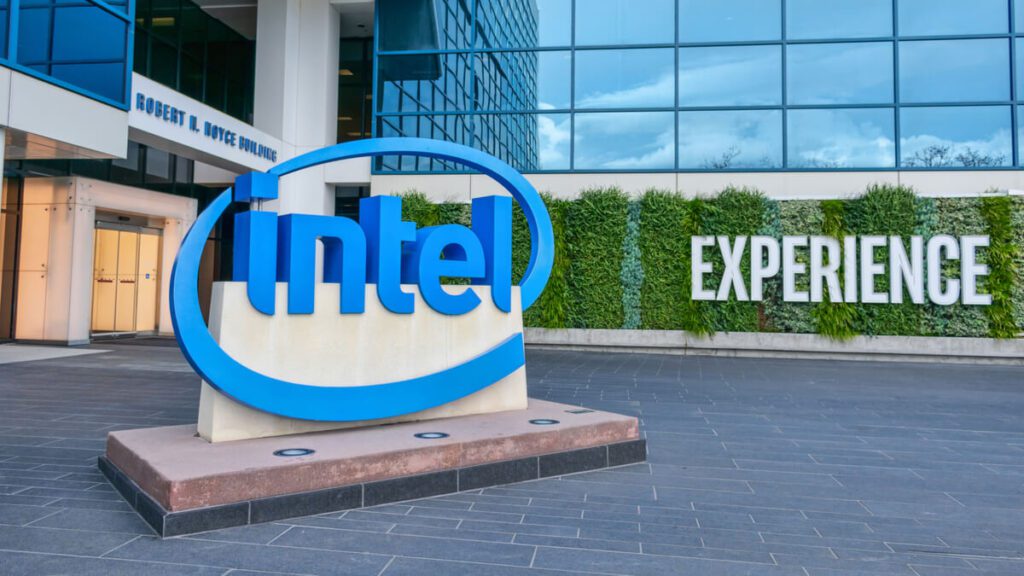Google, Intel team up to help telcos with cloud-native 5G

Search engine giant Google announced earlier this week a partnership with Intel to bolster its efforts to work alongside the telecom industry on both their 5G and edge strategies.
According to Google, the semiconductor company will aid in developing telco cloud reference architectures for wireless carriers to develop the fifth generation of mobile networks across various clouds and edge locations.
Among these architectures is the deployment virtualized Ran and openRan solutions, with plans to provide software and hardware to help providers migrate to containerized environments.
The search engine giant had already mentioned its desire to work with telco back in March 2020, with CEO of Google Cloud, Thomas Kurian, unveiling its Global Mobile Edge Cloud for 5G. And at the same time, Google announced a collaboration with AT&T to work together on 5G and edge.
“We believe that by partnering across the telecommunications stack — with application providers, carriers and communications service providers, hardware providers, and global telecoms — we can decrease the cost and time-to-market needed for the telecommunications industry to shift to cloud-native 5G, and open new lines of business,” Shailesh Shukla, general manager of networking for Google Cloud, said in a recent blog post.
One of the biggest benefits of 5G is the ability to customize its use for specific cases, which subsequently, allows the supply of bespoke solutions to a wide variety of markets. Tech giants such as Google, AWS, and Microsoft are championing such large use of 5G using virtualizations and cloud agility; this allows these companies to fill the gaps left by the telecoms industry.
Not only that, but these Big Tech companies are also in-need of such partnerships to bolster their very own market positions; Intel, for example, is already a force to be reckoned with in the data center hardware industry and would leverage its partnership with Google to further by taking their data centers to the edge.
Edge data centers are ramping up to become a potentially huge market, especially as next generation tech gains further moment. According to PwC, the global market for edge data centers is expected to nearly triple to $13.5 billion in 2024 from $4 billion in 2017, thanks to the potential for these smaller, locally located data centers to reduce latency, overcome intermittent connections and store and compute data close to the end user.
“Under this partnership, we’ll work closely with Intel in three main areas: accelerating the ability of communications service providers to deploy their Virtualized RAN (vRAN) and Open Radio Access Network (ORAN) solutions by providing next-generation infrastructure and hardware, launching new lab environments to help communications service providers innovate on cloud-native 5G, and making it easier for them to deliver business applications to the network edge,” Shukla added.
According to both Google and Intel, among the tech they will bring to the table will be Google Cloud’s Anthos for Telecom, Intel’s FlexRAN reference software, Intel’s Xeon processors, and the Linux Foundation’s Data Plane Development Kit (DPDK).
“The next wave of network transformation is fuelled by 5G and is driving a rapid transition to cloud-native technologies,” said Dan Rodriguez, Intel GM of the Network Platforms Group, said in a statement. “As communications service providers build out their 5G network infrastructure, our efforts with Google Cloud and the broader ecosystem will help them deliver agile, scalable solutions for emerging 5G and edge use cases.”
Google Cloud has already working been hard to ramp up a setlist of providers to team up with, among them SigFox, Orange, AT&T, Telefónica, and more recently with Canadian telco Telus in a 10-year collaboration deal to accelerate the carriers’ digital transformation, as well as jointly developing new products and services.
It is worth mentioning that Google Cloud is competing for telco customers against Microsoft Azure, Amazon Web Services, IBM, and Oracle.
